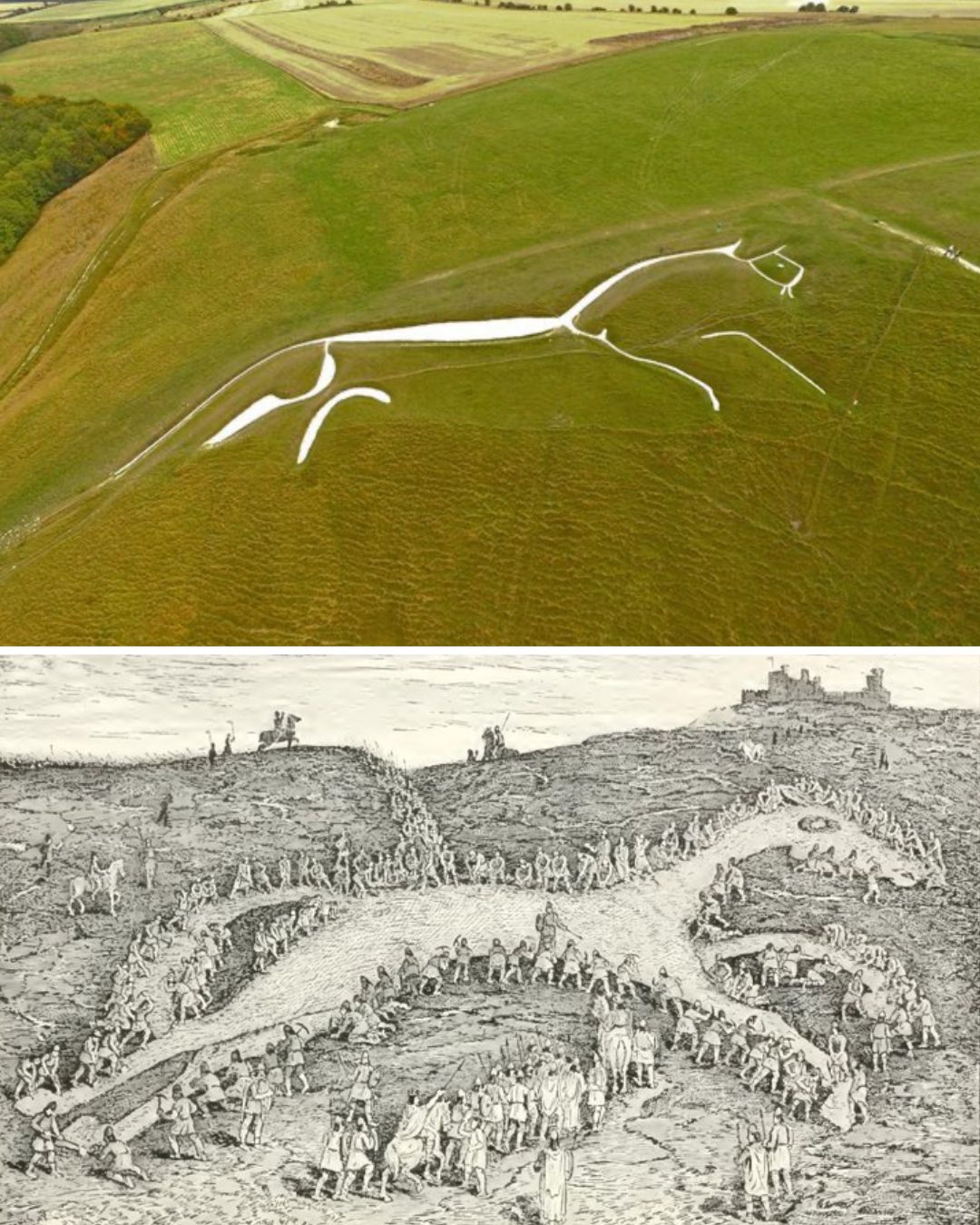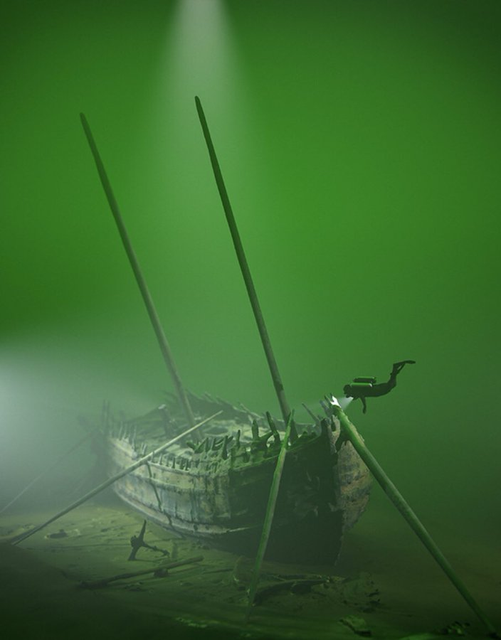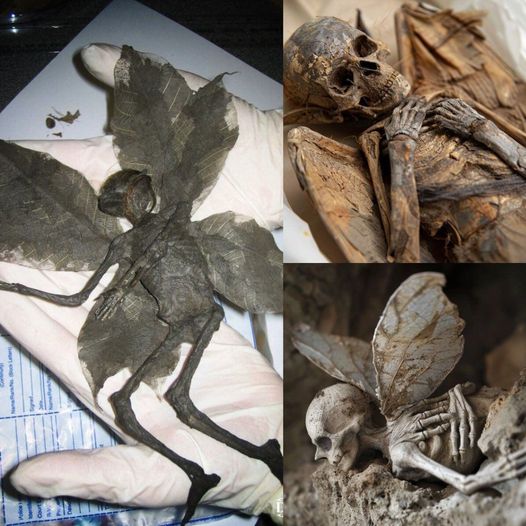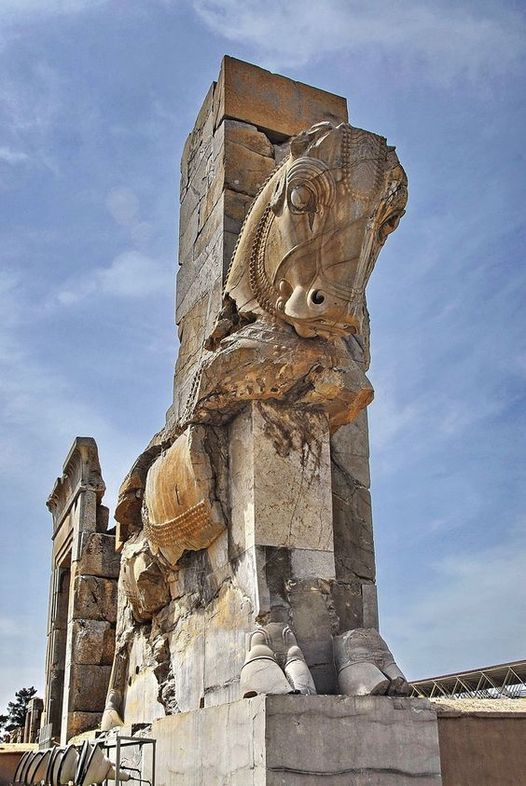In the vast grasslands and dense forests of Africa and Asia, a magnificent creature roams—the rhinoceros. With its powerful presence and unique appearance, the rhino has captivated the imagination of people around the world. In this blog post, we embark on a journey to explore the wonders of the rhino, delving into its remarkable characteristics, the challenges it faces, and the importance of protecting these majestic animals.
1. Rhino Species: A Diverse Family:

There are five species of rhinoceros: the white rhino, black rhino, Indian rhino, Javan rhino, and Sumatran rhino. Each species has its own distinct features and habitat preferences. While some rhinos, like the white rhino, are known for their broad mouths and grazing habits, others, such as the black rhino, have a more slender build and are browsers.
2. Iconic Horns: A Double-Edged Sword:

One of the most striking features of the rhino is its iconic horn. Composed of keratin—the same material as our hair and nails—the rhino's horn is used for various purposes, including defense, establishing dominance, and foraging. Unfortunately, the rhino's horn has also made it a target for poaching, as it is erroneously believed to possess medicinal properties in some cultures.
3. Conservation Challenges: Protecting the Rhino:

Rhinos face numerous threats, primarily due to habitat loss and poaching. The illegal wildlife trade continues to drive the demand for rhino horns, leading to a devastating decline in their populations. Conservation efforts, such as anti-poaching initiatives, habitat restoration, and community engagement, are crucial for the survival of these magnificent creatures.
4. Rhino Guardians: The Role of Conservation Organizations:

Conservation organizations play a vital role in protecting rhinos and their habitats. These organizations work tirelessly to combat poaching, raise awareness, and engage local communities in conservation efforts. The collaboration between governments, NGOs, and local communities is essential for the long-term survival of rhinos and the preservation of their ecosystems.
5. The Value of Wildlife: A Call to Protect All Animals:

The plight of the rhino serves as a reminder of the importance of protecting all animals and their habitats. The loss of any species disrupts the delicate balance of nature and can have far-reaching consequences. By valuing and conserving wildlife, we ensure the preservation of biodiversity, the health of ecosystems, and the well-being of future generations.
As we conclude our exploration of the majestic rhino, let us reflect on the significance of these incredible animals and the urgent need to protect them. The rhino's strength, beauty, and importance in ecosystems make it a symbol of the wild and a call to action.
The conservation of rhinos is not just about protecting a single species; it is about safeguarding the integrity of our planet's natural heritage. By supporting conservation organizations, advocating for stronger anti-poaching measures, and raising awareness about the importance of wildlife preservation, we can contribute to the long-term survival of rhinos and the protection of all animals.
As we step away from this virtual journey, let us carry the lessons and appreciation for the rhino with us, and extend our commitment to the well-being of all animals. By recognizing the value of wildlife and the interconnectedness of all species, we can work together to create a world where the rhino—and every other creature—can thrive in harmony with nature.










